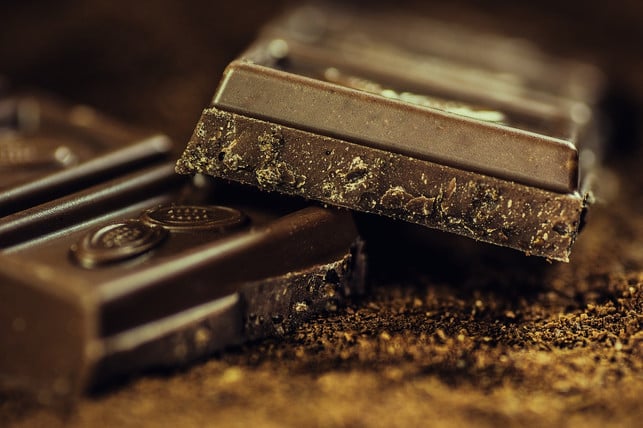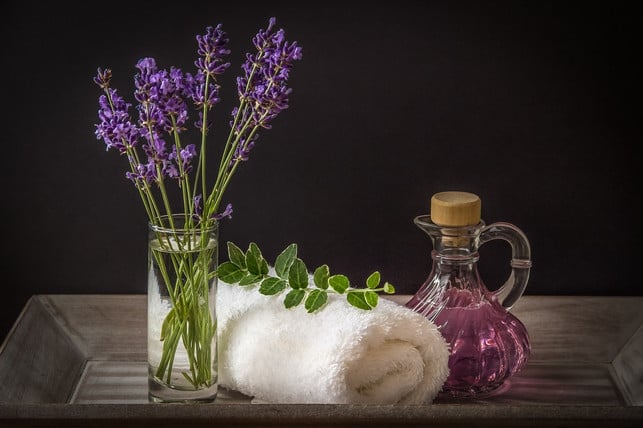
Muscle pain in legs and thighs can have different causes. These home remedies will help you to get through the day relaxed again.
![]()
The first thought of muscle pain in the legs is sore muscles. But that’s not the only reason for this. Therefore, there are various treatment methods for muscle pain. In the following you will find various home remedies that can help you. If these do not help or the pain becomes too extreme, you should obtain a medical advice.
Muscle pain on legs and thighs: the causes
Muscles in the legs can pain for various reasons:
-
Overload: whether after too violent gardening, carrying furniture or very intensive training – too high or new stress on certain muscle groups can cause sore muscles.
-
Small muscle fiber: If you don’t warm up or stretch enough before exercising, if you try a new sport or overdo it after long phases of the lazing, you will often suffer from small cracks in the muscle fibers. Most of the time, however, the pain does not occur immediately, but only after one or two days, which is why many prospective athletes often unintentionally overload the muscles.
-
Magnesium deficiency: Some people also suffer from regular cramps in the legs (especially in the calves). This is usually due to magnesium deficiency. The vital mineral is often not absorbed too little by our diet. This is also due to the fact that it occurs in quite small quantities in everyday food.
The following tips can help relieve muscle pain in the legs:
1. Easy movement against muscle pain in the legs

For a long time it was said that cooling and keeping calm were the best first aid methods for muscle pain on legs and thighs. However, current studies state that this could even be harmful depending on the case: the cooling can extend the healing process because it can inhibit the healing blood circulation and even kill muscle cells.
Are better:
- Easy movement
- Compress
- Put your legs up in between
Take slow walks or go up and down in the room for a few minutes. This is how the muscles are stimulated to repair themselves. When you sit again, put your legs up to relieve them.
However, listen to your body!
If the pain is too severe, absolute rest and cooling can be remedied quickly. Place a cooling pillow or ice cubes as long as you are good, but a maximum of 10 minutes, on the affected area. Then take a break for at least 20 minutes. Remember not to put the cooling pillow or the ice cubes directly on the skin, but to put it in a cloth.
2. Heat solves muscle tension in the legs

Hain your legs because you have muscle tension helps warmth. It has a relaxing effect on the muscle and stimulates blood circulation.
- The most effective is a healing bath. Bathing salts with magnesium or bath additives with eucalyptus oil or lavender oil promote muscle relaxation.
- You can also simply insert a hot water bottle or a cherry stone pillow and place this on the aching area (you can find pretty and sustainable variants on avocadostore and memolife)
-
Red light lamps spread a gentle warmth. They can be kept constant and specifically on the painful area.
- The warmth of a sauna session can also help you with muscle pain. This not only relaxes your muscles, but also strengthens your immune system.
3. Nuts & chocolate against magnesium deficiency

Magnesium deficiency is a common trigger for muscle cramps. Too low magnesium content in the body causes too much calcium into the interior of the muscle cell and the nerves overstimulated there. You can avoid this by regularly eating magnesium -containing foods.
If you regularly suffer from calf cramps, treat yourself to a handful of these delicacies more often:
-
Nuts (e.g. walnuts or almonds)
-
Seeds (e.g. sunflower seeds, pumpkin seeds or flax seeds)
-
Dark chocolate (from a cocoa content of 60 % up!)
4. Gentle massages with essential oils relax the muscles

Let yourself be massaged or massage yourself gently. Use essential oils with herbs such as lavender, lemon balm, eucalyptus or rosemary. They have a blood circulation -promoting, relaxing effect and have a direct impact on the pain receptors in the muscles.
The friction of the hands on the leg creates heat in the painful place, thus stimulates the blood circulation and makes the active ingredients pull out of the oils better and develop their effect. However, it should not be pressed too firmly, because this can cause even more damage and also cause pain.
5. Cayennepfer warms the leg muscles

The active ingredient capsaicin causes “burning” in a sharp pepper. He is known for anthritis, joint and general muscle pain to be anti-inflammatory and pain relieving. At home you can easily make a heat ointment made of cayenne pepper yourself, which you can apply to the aching area.
6. Don’t forget to drink water!

Water helps to prevent muscle soreness. Protein synthesis in the muscles is responsible for healing small cracks – however, they need water. A lack of water can be a reason that this process is delayed and the muscles heal more slowly. This causes the undesirable pain. In the worst case, it can even lead to the body tries to get the water out of the muscle cells and break it down.
For this reason:
-
Drink enough water during training and after training.
- Always take a well -filled water bottle to sports.
7. Prevent muscle pain: regular movement

Those who suffer from muscle pain are often quickly overloaded. Regular movement with a decent warm -up phase helps to train the muscle and get it used to greater stress. It becomes more durable and regenerates faster.
This does not mean that you should now train for a marathon. Every step counts! Whether daily walks with the dog, gardening, hiking with family or fun in the dance club. Find one – or more – types of movement that give you joy. With the regular movement, you prevent constant overexertion and the muscle heals faster even after more intensive training.
Revised by Lena Kirchner
Read more on utopia.de:
- Everything fit? Here you will find better & more sustainable sports fashion
- What helps against sore muscles? 5 very natural tips
- Cold showering: it is so good for health
** marked with ** or orange underlined Links to sources of supply are partially partner links: If you buy here, you will actively support Techzle\.com, because we will then receive a small part of the sales proceeds. More information.